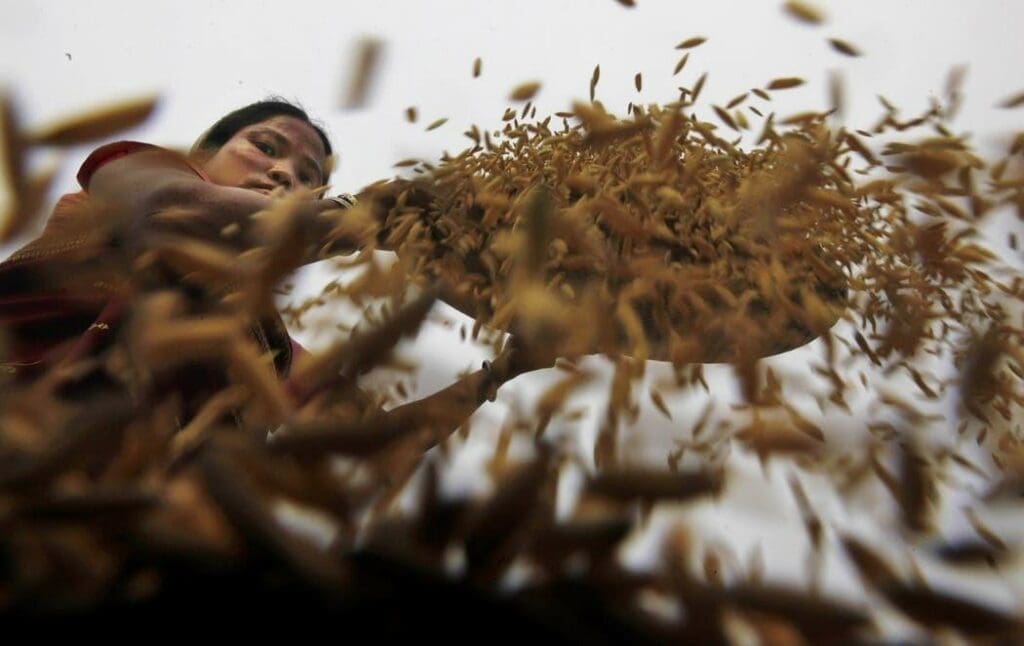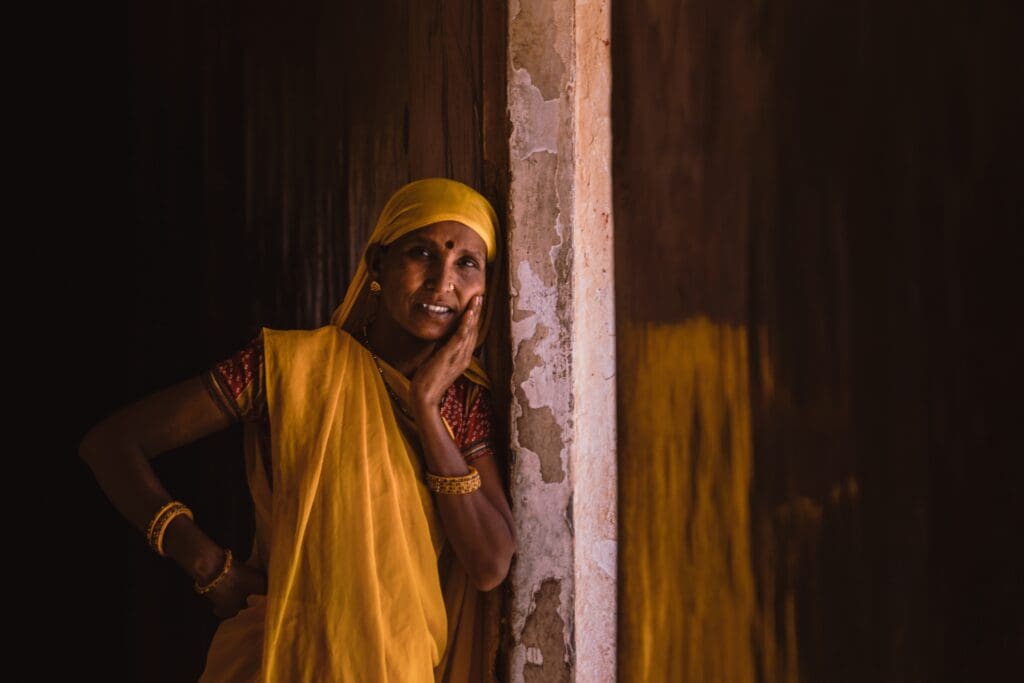
INDIA
Inequality & Hunger
India has enjoyed steady economic growth, yet high levels of poverty, hunger and malnutrition persist. That’s why WFP is on the ground, working to strengthen India’s food systems.
While India’s economy and population levels explode, levels of inequality and social exclusion skyrocket in parallel. Across the country, millions of people don’t have enough to eat – and women and children suffer most.
of people live on less than
$1.90 a day
of the world’s undernourished people live in India
of children are chronically
malnourished
India Facts
Population: 1.4 billion people.
Background: India is the world’s most populous democracy.
Geography & Climate: India shares borders with Pakistan, China, Nepal, Bhutan, Myanmar and Bangladesh, with the Indian Ocean to the south. The interior and southern coastal regions are largely tropical, while a semi-arid climate extends up the country’s center and across the northwest. Extreme climate shocks are threatening the country’s varied ecosystems and pushing more people towards hunger.
Economy: In the last two decades, per capita income in India has more than tripled. However, the minimum dietary intake fell and high levels of poverty and inequality remain.
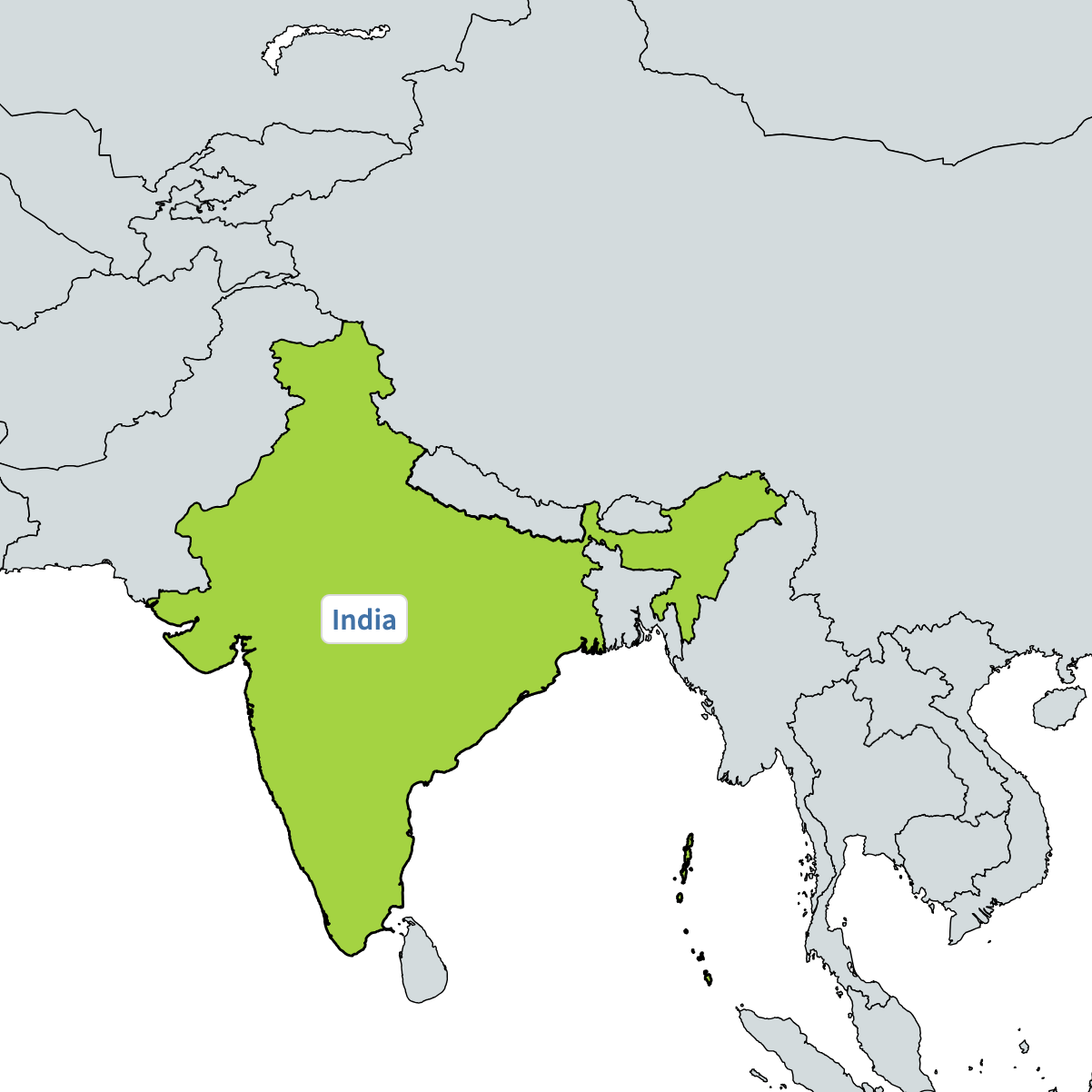
What is Causing Hunger in India?
India’s Recent History
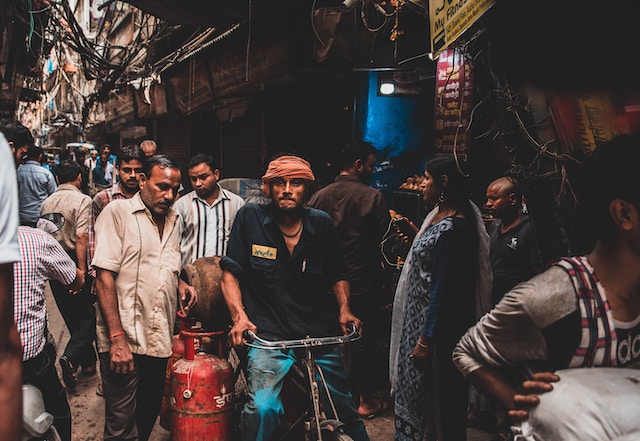
1990s
Economic Reforms
India went through economic reforms that opened the country up to global trade and foreign investment. This resulted in significant growth in GDP and overall wage increases, which helped lift people out of extreme poverty.
However, the income inequality gap widened as wealth accumulated at the top and in urban areas.
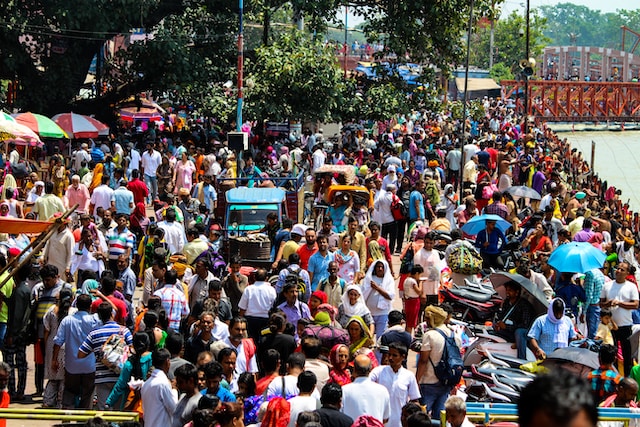
2000s
Disasters Strike
At the turn of the century, India reached a population of 1 billion.
The country was hit by multiple natural disasters. In 2001, 30,000 people died from the Gujurat earthquake. In 2000 and 2002, India experienced 2 extreme droughts that plunged millions into hunger. In 2004, the Indian ocean earthquake and tsunami killed 18,000 people.

Present
COVID-19
In January of 2020, India was among the first countries to be hit with the COVID-19 pandemic, resulting in a high death toll. A quick and strict lockdown helped to reduce the impact, but had a devastating toll on the country’s economy, pushing millions into poverty and hunger.



WFP’s Work in INDIA
WFP has worked in India since 1963. With the government now providing its own food distribution systems, we are working to strengthen their systems to reach the hungriest communities.
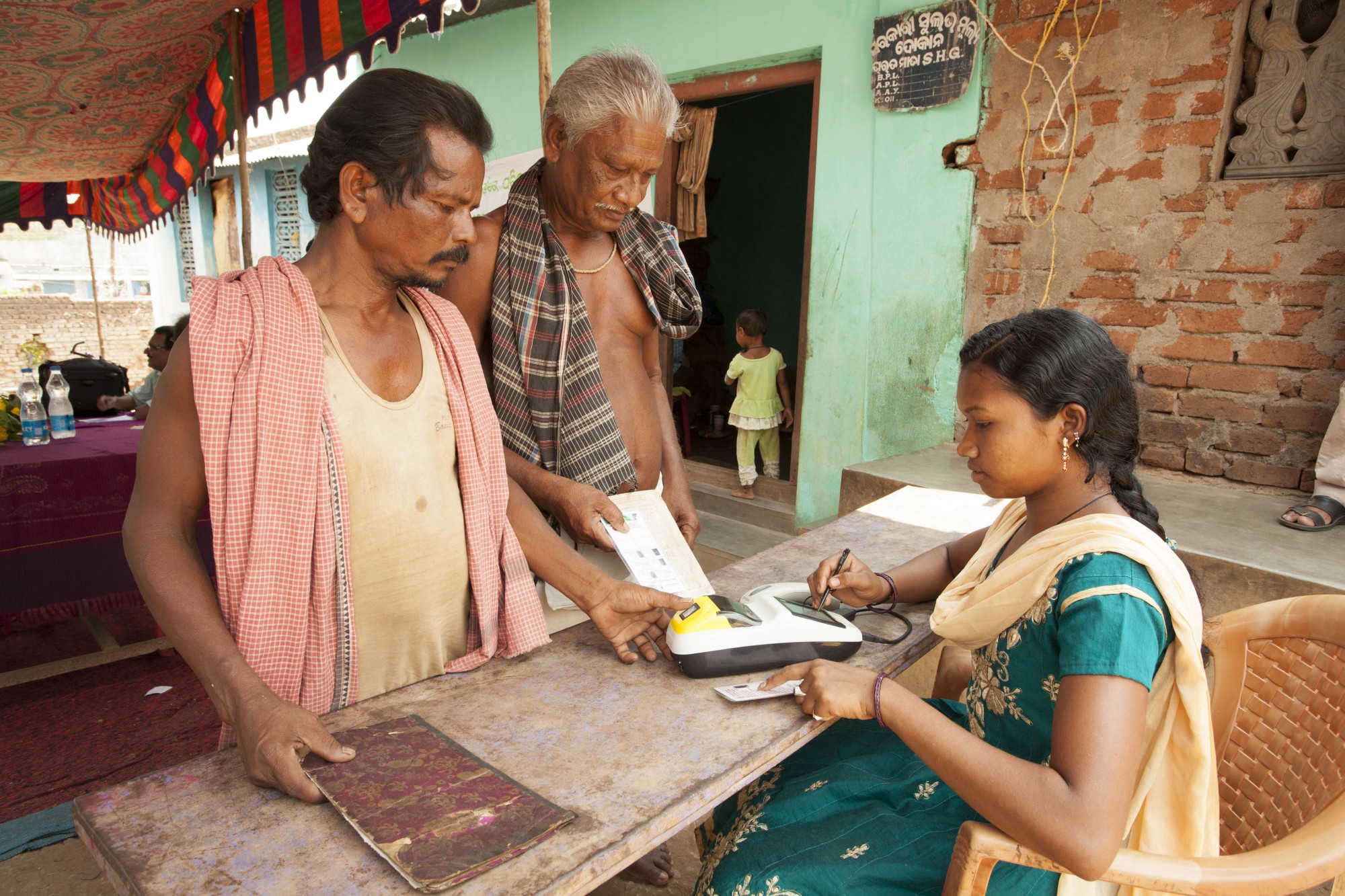
WFP Vulnerability Analysis and Mapping software to identify India’s most food insecure areas, which allows policy and relief work to be targeted to those who need it most. WFP also supports the government’s food security monitoring systems.
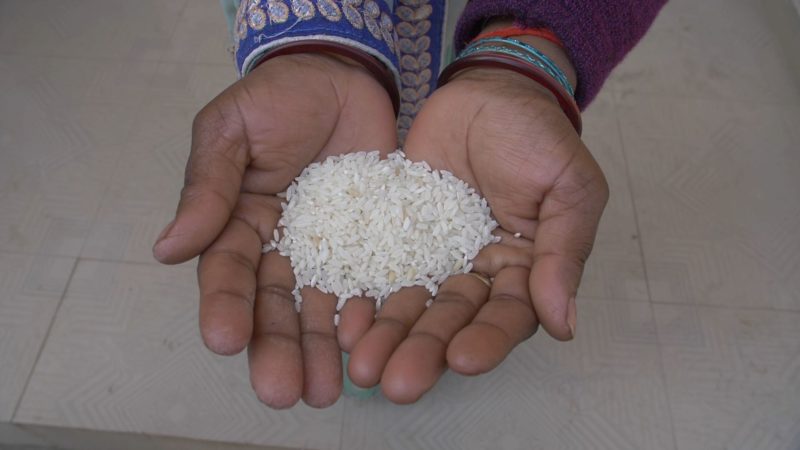
WFP is working to improve the efficiency, accountability and transparency of India’s subsidized food distribution system, which brings supplies of wheat, rice and sugar to around 800 million people across the country.
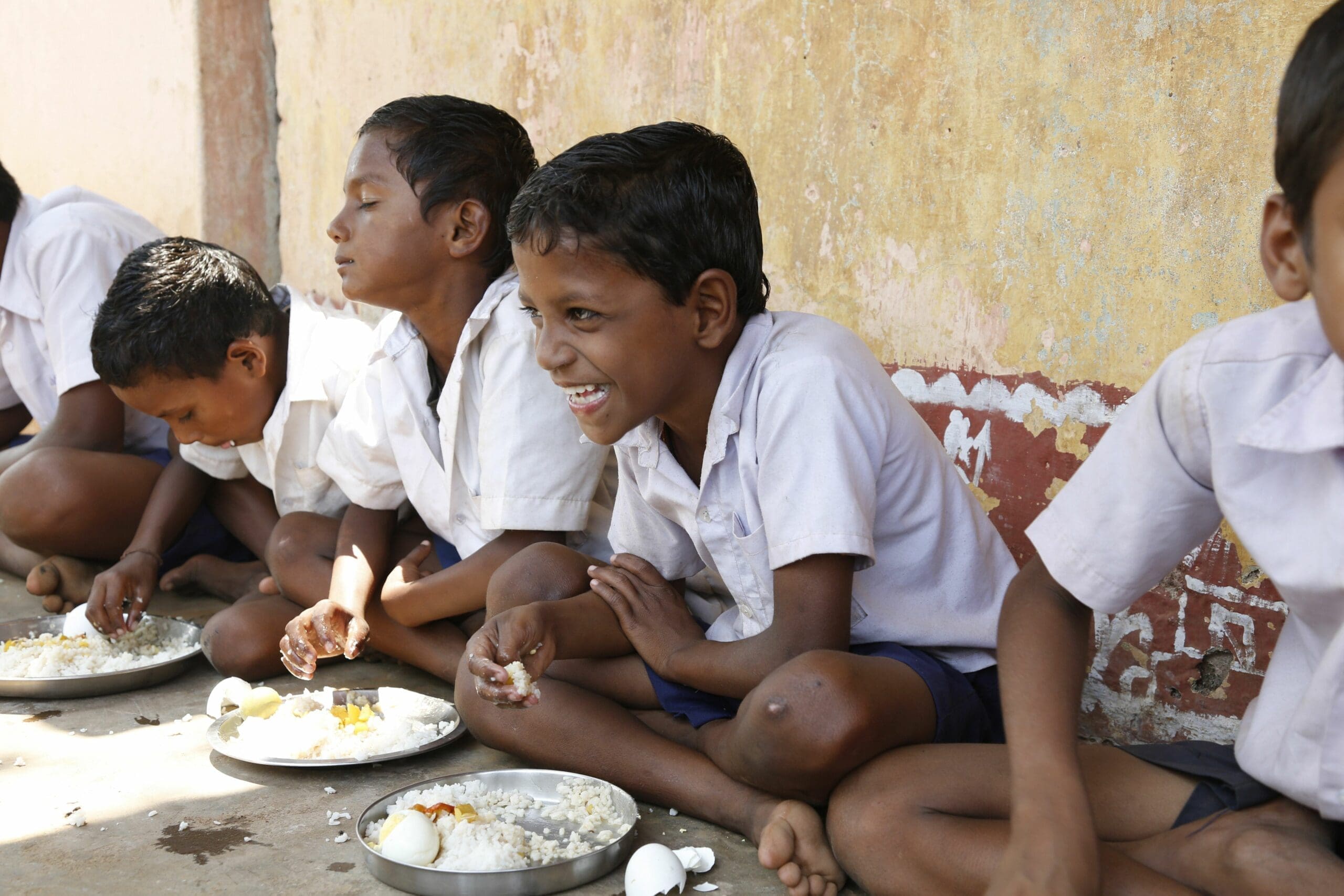
To boost the nutritional value of the government’s school meals program, we pioneered the multi-micronutrient fortification of school meals. This pilot project saw rice fortified with iron and distributed in a single district, resulting in a 20% drop in anaemia.
You Can Help Save Lives
When you donate, you help us deliver critical food relief to the most vulnerable people in India and other countries around the world. You can make difference in someone’s life – send food today.
News & Updates from India
Read the latest articles on hunger issues and WFP’s work in India.
